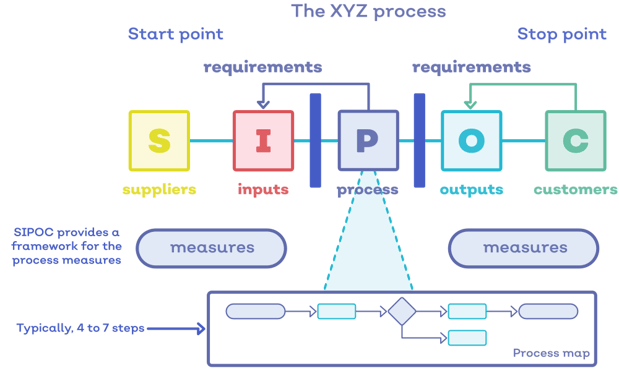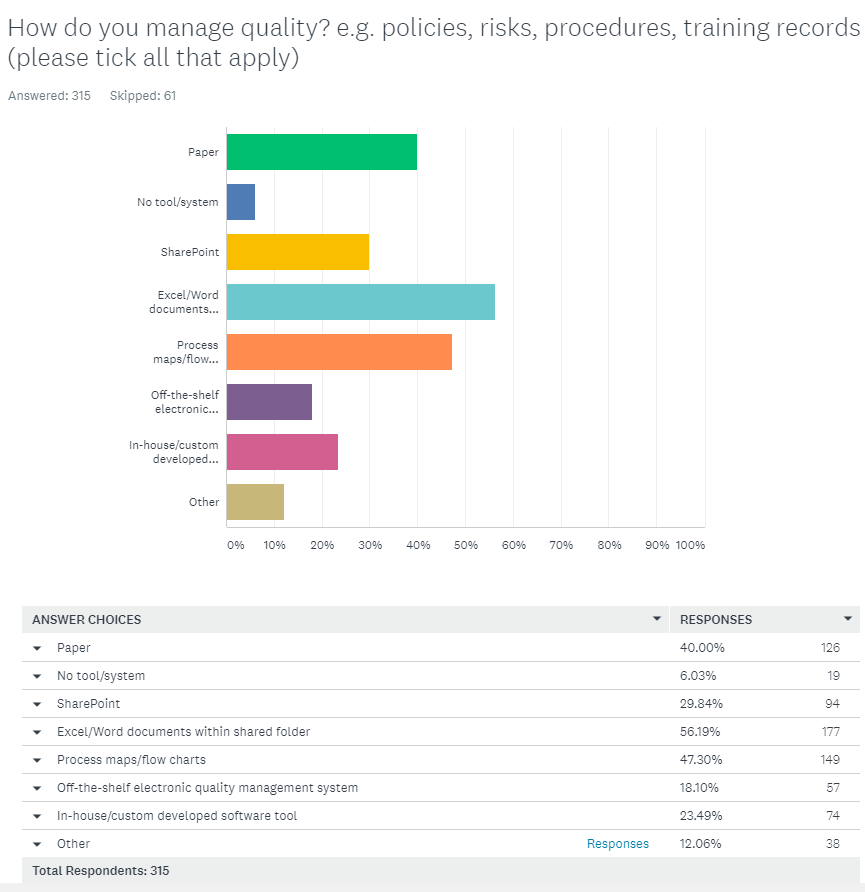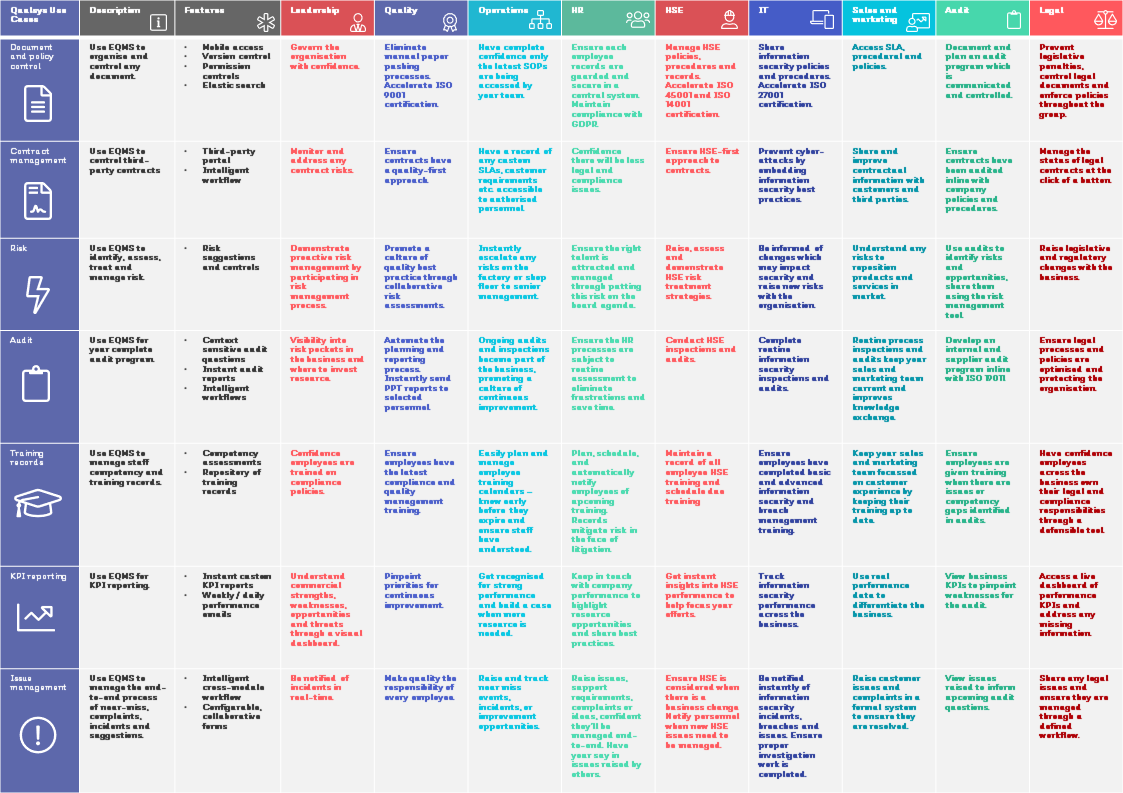Want to contribute to this article?
You've decided to optimise your business processes and apply some lean six sigma methodologies.
From a quality management perspective, the very first questions you want to answer are all about how value is added, what is the flow of information, and how processes are characterised.
Amazing suppliers and incredible employees won't get you very far if you haven't thought about how the process links together to give the customer value.
Introducing SIPOC
SIPOC is a helpful checklist which helps you to identify the inputs and outputs of a process. Here I've put together a guide to:
- What SIPOC is and when you should use it
- SIPOC process
- The purpose of SIPOC diagrams
- SIPOC example
What SIPOC is and when to use it
We've talked a lot recently about process mapping for Voice of Customer. Voice of Customer is a fundamental requirement for good process management. SIPOC also provides a framework for the 'Voice of the Process' - which is key to the supply side of the process equation.
SIPOC is a process 'health check' which can be carried out across the organisation by reviewing performance measures. It provides a picture of where the various activities and shows the flow of both materials and information.
SIPOC is an acronym you can use to map your processes. It stands for:
- Suppliers
- Inputs
- Process
- Outputs
- Customers
SIPOC should be used at the early stages of a project to characterise a process and identify team members. When implementing EQMS, your Service Implementation Manager may suggest a SIPOC workshop to scope your process requirements and ensure they are accurately configured within the system.
|
Right Suppliers + correct Inputs = correct Outputs + satisfied Customers |
Six step SIPOC template process (for customers: How to apply SIPOC in EQMS)

Image: SIPOC diagram
SIPOC diagrams provide an ideal framework to think about your process measures and how you need to pull together a set of performance measures. The tool helps you focus on what needs to be measured, for example, how well are you delivering the outputs to your customers, how well are your suppliers meeting your requirements?
The high level map shows a process's primary suppliers, the inputs received from them, the process that adds value to those inputs. That process produces an output that is intended to meet or exceed customer requirements.
Here's a six step process to SIPOC:
1. Define the process, name it and define the stop points: You and the process team need to agree a start and stop point for the process. This ensures everyone in the team is clear about the parameters.
2. List all your interested parties: Customers and suppliers: Anyone who needs information or reports relating to the process. These may be employees, suppliers, customers, or even regulatory bodies. Think carefully about your different customers. Do they actually have different CTQs? Will the process outputs be the same for each segment, or will they vary to some degree?
Customers can also be suppliers. For example, if your process relies on you getting information from your customer your input requirements should come from them.
2. List outputs you send to customers: Under the 'O' for outputs, you should keep a library of every form, policy, document, invoice template, credentials etc. that you send to your customers.
3. Map out the process: Identify 5 to 8 major process steps that produce the output. This is where you map out the process. Don't go beyond eight steps as you'll be dealing with too much information.
4. List the inputs you receive: What forms and information do you receive? What equipment and personnel input into your business? Where do these inputs go?
5. Identify where all the inputs come from
6. Validate the process map: by working with the key functions that perform the major steps.
Example SIPOC
Supplier:
- Vendors
- Stores
- Procurement
- Logistics
Input:
- Bills
- Store receipts
- Payment advice
Process:
- Verify purchase order
- Prepare invoice
- Provide details for payment
- Transfer payment
Output:
- Payment advice
- Adherence report
Customer:
-
- Vendor
- Procurement
- Stores
- Logistics
Get more articles, explanations, and tools by subscribing to the Qualsys monthly newsletter:









Share your thoughts on this article